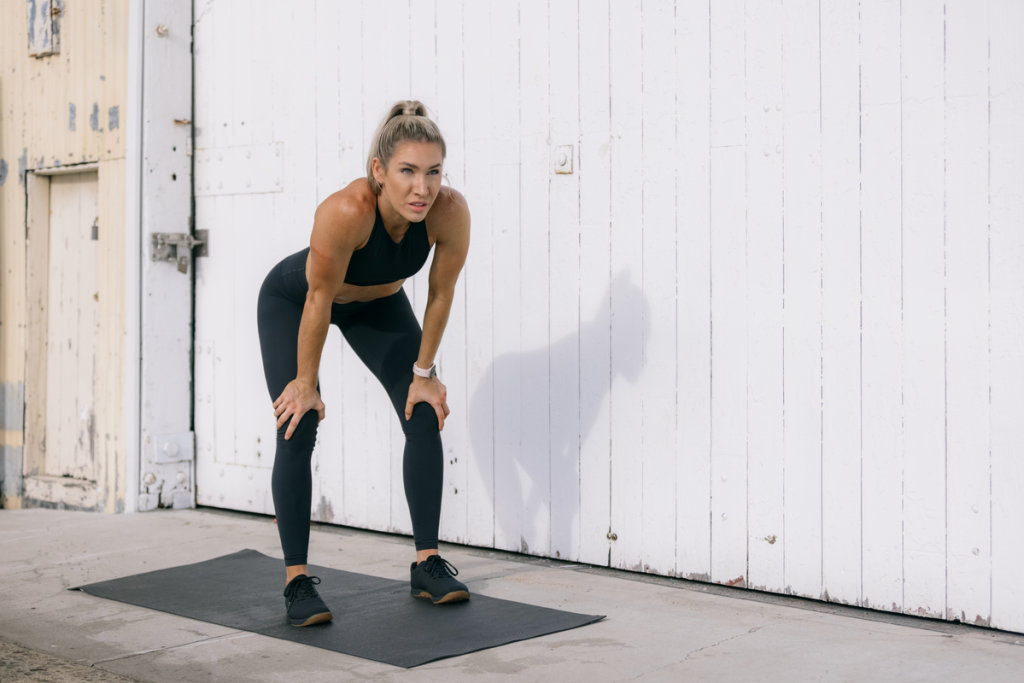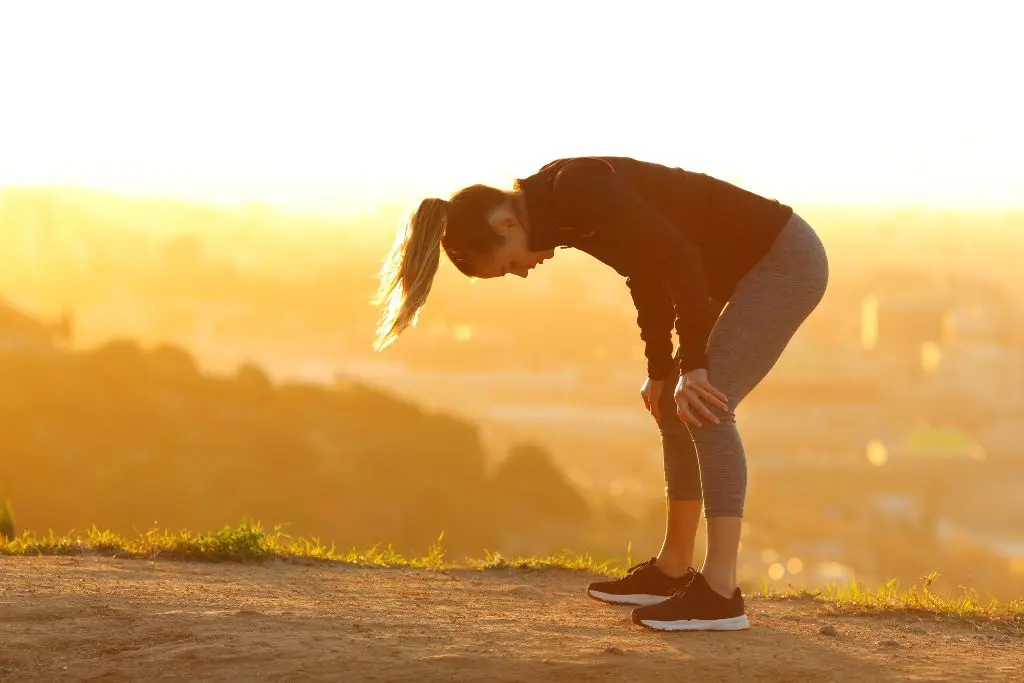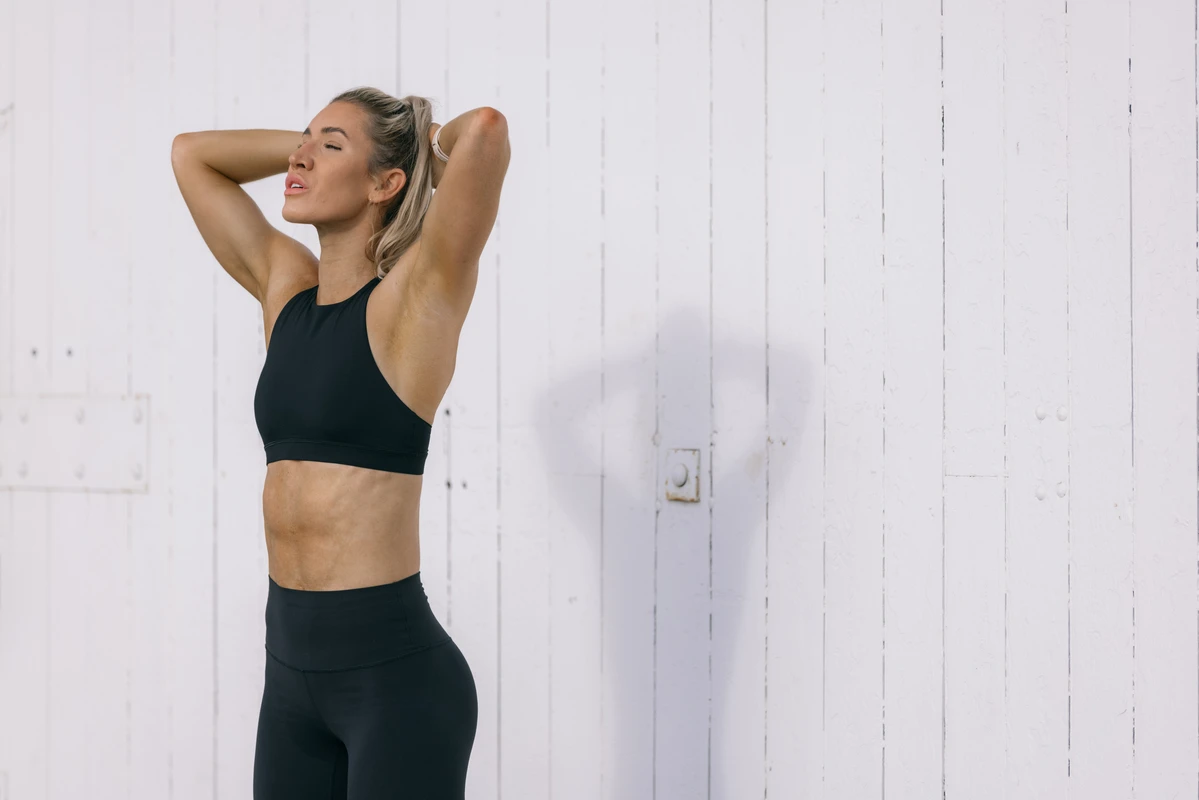Heat Exhaustion Is Real: How To Keep Your Workouts Safe

August 11, 2022 - Updated August 13, 2024

Feeling the heat? In the peak of summer or the thick of a heatwave, getting your Sweat sessions done is no longer just about finding the time or motivation, but keeping yourself safe, too.
As much as we understand wanting to hit your weekly goals and push yourself, when the weather warms up you definitely need to listen to your body and take extra steps to look after yourself. Getting heat stroke from strenuous activity is a very real risk! Here are six things to keep in mind to put your health first when you’re exercising on hot days.
Hydration at every stage
Drinking water isn’t only essential during your workout, but you need to be hydrated well before you start your session. Aiming for eight cups of water each day is the general recommendation, but you’ll likely need more on hot days or if you’re sweating a lot. The CDC (Centres for Disease Control and Prevention) highlights the importance of drinking more water than usual when it’s hot and not waiting until you feel thirsty to drink.
Remember to drink regularly in the hours leading up to your workout so your fluids are high as soon as you begin to work up a sweat. Sip water throughout your workout, and once you’ve wrapped up your training session, keep your drink bottle handy to rehydrate.
Limiting your intake of alcohol can also help to prevent further dehydration and heat stress, as can increasing your intake of foods with high water content like fruits and veggies. Smoothies can be a great way to refuel post-workout, cool down and get more fluids in at the same time!

There’s a time and a place
When life is busy, sometimes you only have a small pocket of time in your day to exercise, but choosing when and where you work out can make a big difference.
When it’s hot outside, the CDC recommends limiting your outdoor activity and scheduling workouts earlier or later in the day to avoid the midday heat, opting for an air-conditioned space, or perhaps a shaded outdoor area. The planner feature in the Sweat app can come in handy here!
If you are exercising outside on a hot day, always remember to be sun-smart by applying sunscreen, wearing protective clothing and seeking out shade where possible.
Give your body time to adjust
According to research from the University of Connecticut, strenuous physical activity in hot, humid environments can put you at a greater risk of heat-related illnesses and heat stroke.
The researchers explain that in a hotter climate, your body undergoes physical adaptations such as increased sweat rate to cool you down and decreased heart rate. While your ability to exercise in a hot environment generally does improve, these changes don’t happen overnight, but over a period of 10-14 days.
If you’re on holiday somewhere warm or the temperature has taken a sudden increase where you live, listen to your body and consider pumping the brakes to avoid heat exhaustion. Reducing your workout frequency or intensity as your body acclimatises is a great idea.

Keep yourself cool
Keeping your body cool during exercise in hot climates is key to preventing your core body temperature from rising too much. As well as having a bottle of cold water with you, wear loose-fitting clothing or consider investing in some moisture-wicking activewear which works to draw the sweat away from your body and evaporate into the air as quickly as possible.
You could also run your sweat towel or a cap under cold water, stand near a fan, or have some ice nearby if you’re at home.
Change up your training style or use modifications
Even if you feel acclimatised to the warmer weather, working out when it’s hot can still feel significantly more challenging. If you’re struggling to get through your workouts or they simply don’t feel good, we recommend taking more rest days, increasing the frequency or duration of the rest periods in your Sweat sessions, trying a different training style, or using exercise modifications to reduce the difficulty.
If your usual workout feels tougher in the heat, don’t feel disheartened about it being a setback or plateau with your strength or fitness, it’s most likely down to the temperature!
Be mindful of medication
According to Mayo Clinic, some medications can affect how your body responds to heat and your hydration levels. If you take medication that narrows your blood vessels, regulates your blood pressure, rids your body of water and sodium, or reduces psychiatric symptoms (such as antidepressants or anti-anxiety medication), pay extra attention to how you feel during workouts in the heat.

Listen to any warning signs
Feeling light-headed, extremely fatigued or nauseous are all signs of heat exhaustion, according to research published in the American Journal of Sports Medicine.
Mayo Clinic points out that signs of heatstroke can also include a high body temperature, confusion, slurred speech, racing heart rate, a change in sweat, headaches or red skin. If you’re not feeling right, take the hint and slow down, have a break or call it a day!
Depending on how you feel, you might need a cool shaded space, a big drink of water, a cool towel, ice packs or some fresh air. If you’re feeling very unwell, definitely stop, get to a cool place and seek medical attention. If you’re in a gym, alert a staff member to your heatstroke symptoms and ask for anything you need.
Pushing through any symptoms for the sake of finishing your workout isn’t worth it, as heatstroke can be a serious condition which can damage your brain, heart, kidneys and muscles if ignored or left untreated. After feeling any of these symptoms, take it easy in the days following, too.
How you feel after your workouts can also tell you a lot. The same research from the University of Connecticut highlighted how many heat-related illnesses occur the day after your physical activity, so if you aren’t feeling well the next day, take that as a clear message to prioritise rest, hydration and reduce the intensity of your activities.
We love an ambitious fitness goal, but overexerting yourself when it’s super hot doesn’t fit into that category. Take care of yourself, listen to your body and don’t hesitate to make adjustments - your body will thank you for it. There isn’t anything healthy or safe about heat stroke!

A more empowered you starts with Sweat, and our editorial team is here to bring you the latest fitness tips, trainer recommendations, wellbeing news, nutritional advice, nourishing recipes and free workouts.
* Disclaimer: This blog post is not intended to replace the advice of a medical professional. The above information should not be used to diagnose, treat, or prevent any disease or medical condition. Please consult your doctor before making any changes to your diet, sleep methods, daily activity, or fitness routine. Sweat assumes no responsibility for any personal injury or damage sustained by any recommendations, opinions, or advice given in this article.
Fitness